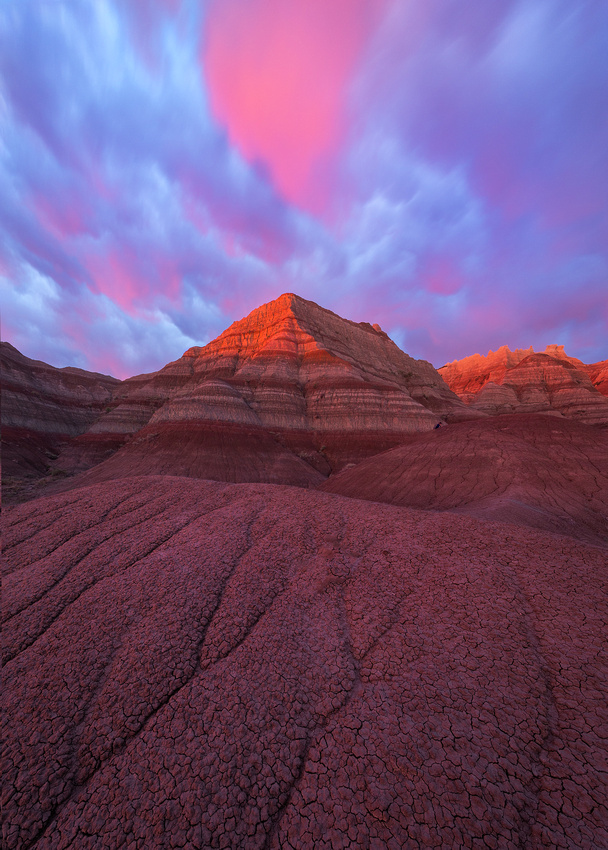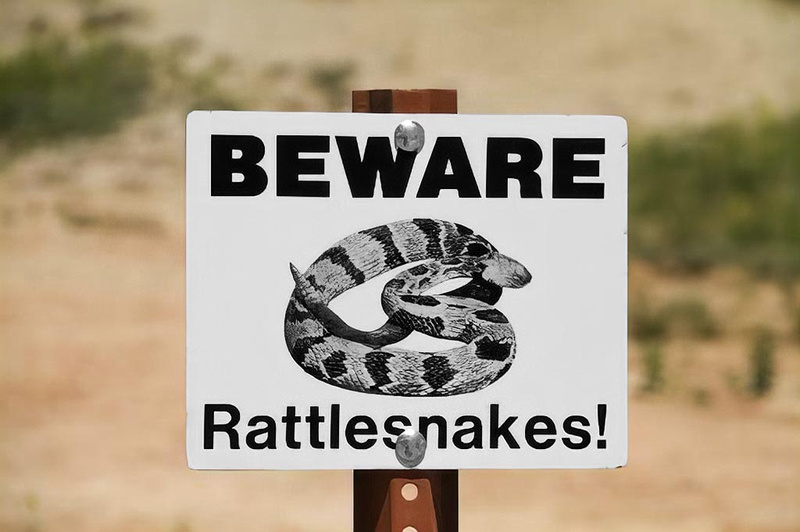I Was Rattled!


Badlands Memories
My wife and I saw the Oscars’ Best Picture Nomadland in a theatre last weekend. After a year of streaming, watching a movie on the big screen was exhilarating. And the scenes shot in South Dakota’s Badlands National Park brought back memories of my trip last July.
While viewing the movie, I recognized many of the scenic overlooks that were featured. The park’s 244,000 acres of sharply eroded buttes, pinnacles and spires, blended with the largest protected mixed-grass prairie in the United States, are beautiful.
But there is so much more to see besides the overlooks. Exploring the less visited backcountry is a way to appreciate more of the park’s beauty.
Snake Warnings
The Badlands are unique in many ways. One of them is the number of rattlesnake warning signs. They are everywhere.


Source: Trip Advisor
The only venomous snake in the Badlands is the prairie rattlesnake. Their range extends through the Great Plains, stretching from Canada to Mexico. Dusty-colored with dark, white-edged markings, prairie rattlesnakes can reach 5 feet in length.
Like the park’s other snakes, this species typically targets small mammals. Unlike the others, it hunts its prey using heat-seeking pits near the eye and kills victims with venom pumped through its fangs. They are typically nocturnal and hibernate during the winter.
Most visitors to the Badlands never see snakes. They almost always stay out of the way of people, spending the day in burrows and moving about mostly at night. Despite their reputation, rattlesnakes are timid. Their rattling and hissing noises serve to ward off potential predators. The best hiking advice is to keep an eye and ear out for snakes and watch where you place your feet and hands.
The Shot and the Snake
Despite the signs, we were comfortable walking through the grasslands up to several miles each way to find photo locations. On our second to the last day, a storm front was predicted to clear out around sunrise. An opening for the sun at the eastern horizon shining through miles of clean air held the possibility of lighting the underside of the clearing storm clouds a brilliant red color.
Our small group went into the back country (and past the rattlesnake signs) in search of a composition a good hour and a half before sunrise. We stopped at a promising location with leading lines in the foreground and a pinnacle in the background and waited.
Everything came together. The clouds overhead exploded with magenta colors about a half hour before sunrise. It was a rare “high-five” photographic morning light show. Afterwards, we retraced our steps back to the cars.
About 10 feet from the car, I heard air escaping from a tire. But after another few steps I froze in my tracks realizing it was a rattlesnake. About 6 feet away, coiled under the passenger side door, was a prairie rattlesnake.
Hastily retreating, we had no idea how to safely get into the car. The snake wasn’t budging. We tossed a few pebbles in the snake’s direction, but that seemed to strengthen the snake’s resolve to defend its position. And the other car doors seemed way too close to the snake for comfort.
We decided to back off across the road and come up with Plan B. I glanced back at the car and noticed the snake was thankfully gone. After taking the next five minutes carefully looking for the snake while slowly crossing the road, we got into our cars and drove back to the hotel for a well-deserved nap.
Thanks for looking,
Chuck